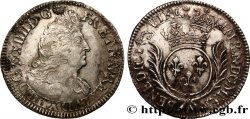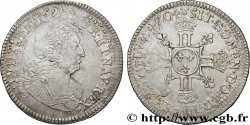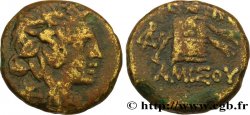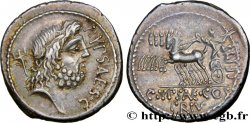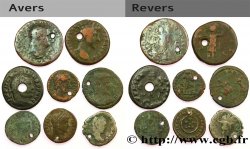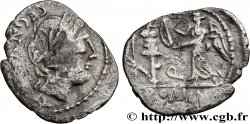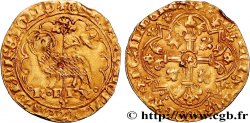Live auction - bry_883786 - LOUIS XIV "THE SUN KING" Liard de Lyon à la croix du Saint-Esprit 1655 Lyon
You must signin and be an approved bidder to bid, LOGIN TO BID. Accounts are subject to approval and the approval process takes place within 48 hours. Do not wait until the day a sale closes to register. Clicking on "BID" constitutes acceptance of the terms of use of cgb.fr private live auctions.
Bids must be placed in whole Euro amounts only. The sale will start closing at the time stated on the item description; any bids received at the site after the closing time will not be executed. Transmission times may vary and bids could be rejected if you wait until the last second. For further information check the Live auction FAQ
All winning bids are subject to a 18% buyer’s fee.
All winning bids are subject to a 18% buyer’s fee.
| Estimate : | 500 € |
| Price : | 440 € |
| Maximum bid : | 460 € |
| End of the sale : | 05 March 2024 17:32:53 |
| bidders : | 4 bidders |
Type : Liard de Lyon à la croix du Saint-Esprit
Date: 1655
Mint name / Town : Lyon
Metal : billon
Millesimal fineness : 104 ‰
Diameter : 14,5 mm
Orientation dies : 6 h.
Weight : 0,66 g.
Rarity : R2
Coments on the condition:
Ce liard est frappé sur un flan large et irrégulier. Monnaie recouverte d’une patine grise de médaillier
Predigree :
Monnaie provenant de la collection Fernand Arbez
Obverse
Obverse legend : (ROSE). LVD. XIIII. D. G..
Obverse description : Croix du Saint-Esprit (sans la colombe).
Obverse translation : (Louis XIV, par la grâce de Dieu).
Reverse
Reverse legend : FR. E. N. REX. 1655..
Reverse description : Écu de France couronné.
Reverse translation : (roi de France et de Navarre, 1655).
Commentary
Ce rare type monétaire fut frappé en 1655 et 1656 suite aux arrêts du Conseil du roi des 15 septembre et 17 novembre 1655. Cette monnaie était destinée à remplacer les liards de Dombes et d’Orange circulant abondamment dans le Lyonnais. Ces monnaies furent mal reçues par la population et un nouveau type monétaire qui ne connut guère plus de succès fut introduit en 1656 (Dr.2/472).







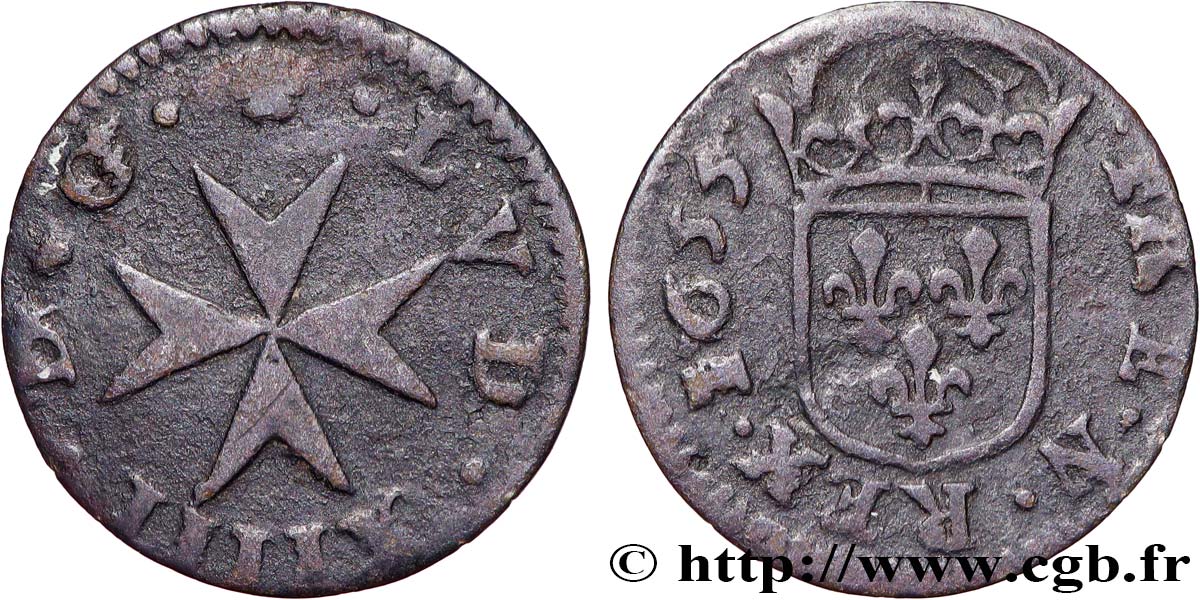
 Report a mistake
Report a mistake Print the page
Print the page Share my selection
Share my selection Ask a question
Ask a question Consign / sell
Consign / sell
 Full data
Full data